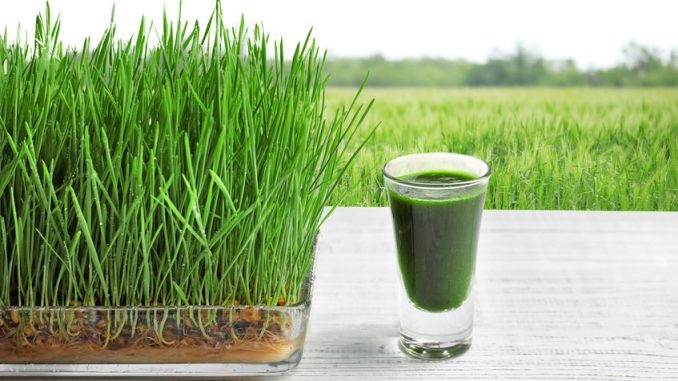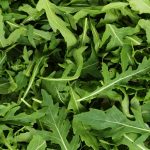
Wheatgrass – sounds like it could be wheat but not sure of it ? Well you will certainly have enjoyed its flour in doughnuts, pizzas and the like. What we are talking about here are the sprouted fresh leaves of your everyday wheat plant.
Archaeologists know that we have been using wheatgrass for thousands of years. the Ancient Egyptians were devotees of this healthy pant food because it was found in burial plots. Is it a superfood ? Well superfoods are a common name for foods with plenty of vitamins, minerals and other compounds. This plant certainly has all of them in abundance.
The plant is popularly taken in the form of juice; however, these days you can easily obtain wheatgrass in other formats. Pills, capsules and even the powdered form are all convenient for the consumer in what ever format they wish to take.
The plantfood also works well in combination with spirulina which complements it with its range of nutrients.
The Benefits Of Wheatgrass
When it is liquidized, wheatgrass produces a vibrant emerald green drink because of its extremely high levels of chlorophyll. The biologists all know that chlorophyll is the pigment that virtually all plants use to convert sunlight into energy compounds such as starch.
The best form of wheatgrass are the freshly sprouted seedlings and leaves. It is a plant at this stage of its maturity which is rich in antioxidants. Whether you subscribe to the antioxidant theory or not, there is plenty of clinical evidence out there to show that antioxidants in some way or other have anti-inflammatory and antibacterial properties which can aid in weight loss, reduce cholesterol levels and treat diabetes.
Consuming any plant food including wheatgrass also reduces the risk of developing cancers whilst alleviating associated forms of inflammation.
The Benefit Of Helping With Weight Management And Weight Reduction
We are all looking to lose weight and in light of the issues surrounding coronavirus, losing weight would be a considerable draw for many. Wheatgrass is a good answer to those looking to modify their diet in a way that supports a weight loss programme. A regular intake of wheatgrass juice is said to lower cholesterol levels whilst regulating general lipid and energy metabolism. The plant also contains a significant level of selenium for immune function and their may be some support for helping with thyroid function too with the other elements it contains.
Consuming wheatgrass might well help with reducing appetite as it is drunk to generate a feeling of fullness. It is reasonably rich in both insoluble and soluble fibres because there is a range of celluloses and hemicelluloses.
The Impact On Digestion
Grass has long been valued for its range of enzymes which can be used in digesting food. Whilst these enzymes in the wheatgrass are themselves digested they are active enough in the stomach to help with digestion. This produces more nutrients. A number of devotees swear by the juice as a breakfast drink for an empty stomach. It is promoted as a detox drink.
Immunity Improver
Compounds in wheatgrass are claimed to improve the functioning of red blood cells which helps us with our gas transfer and with immunity. The presence of selenium is also useful and there is some zinc too which helps with some of the biochemical structures needed for good immune function.
Growing Wheatgrass For Home Consumption
Take some wheatgrass seeds and rinse them to clean off the dirt and begin activating them in readiness for sprouting. Place them in a sprouting chamber and cover with gauze or garden mesh.
Soak the grass seeds for 8 to 10 hours with water. Drain this away and rinse off well.
Fill the container again and place upside down so that water fully permeates the mesh. Repeat the process for 2 or 3 days until the seeds held in the mesh begin to sprout.
The wheatgrass is best transferred to soil. Take a tray and add soil to it with compost and soak well but not enough to lose the soil. Sprinkle the sprouting seeds over the soil and maintain watering. Some people cover the tray with a newspaper as an alternative option- as in the manner of sprouting cress seeds. Keep the whole lot moist with spraying.
Begin harvesting when the grass reaches a height of 1 or 2 inches.
The whole lost needs to be kept moist. The whole lot will be harvested by the tenth day by which time the wheatgrass will have grown to about 5 or 6 inches. These can be used as a cut and come again.



Leave a Reply